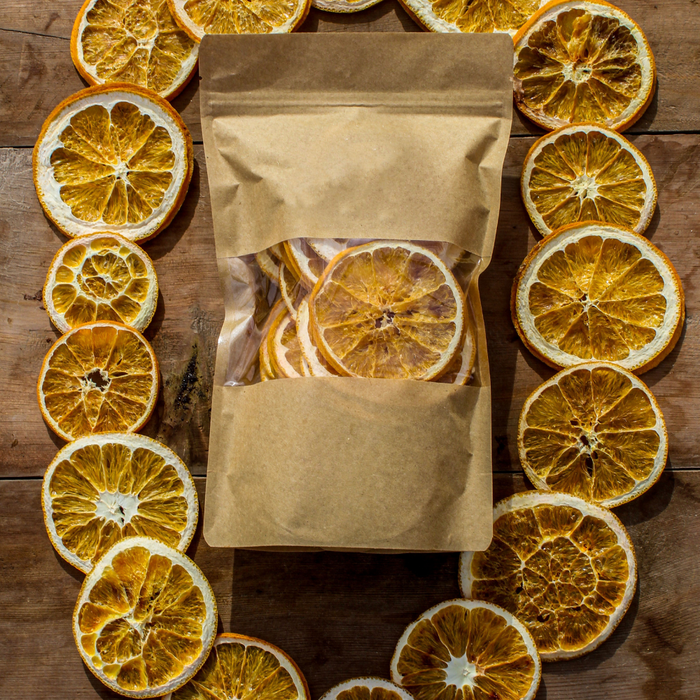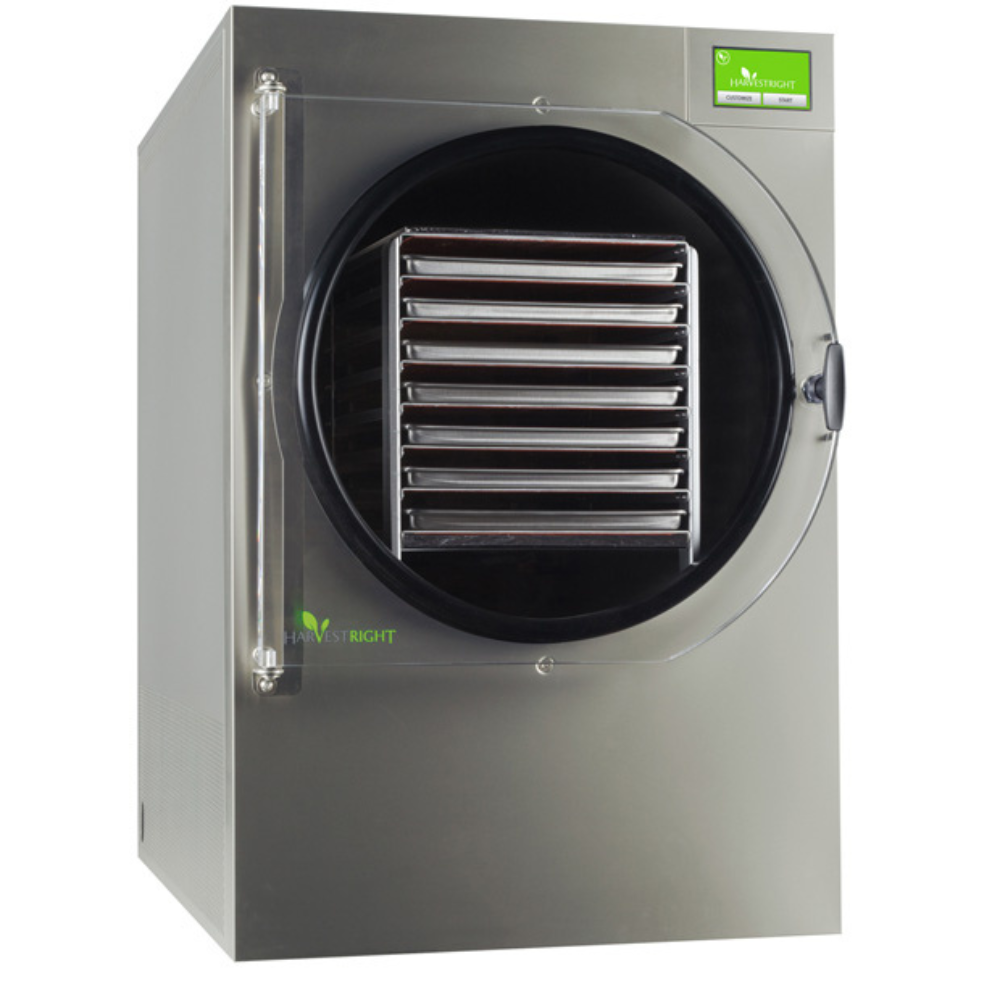Imagine a world where you can preserve your favorite foods for years without compromising taste or nutritional content. Welcome to the world of freeze dryers! This revolutionary food preservation method has taken the world by storm and is changing how we store food for long-term use. In this comprehensive guide, we’ll explore the ins and outs of freeze dryers, the top brand, tips for proper food storage, and even some DIY alternatives to help you make the most of this incredible technology.
From home cooks to businesses, freeze dryers have something to offer everyone. Whether you’re a prepper or a starting your own freeze dried candy business, this method will allow you to create shelf-stable foods that retain their original flavor, texture, and nutritional value. So let’s dive right in and learn how freeze dryers can revolutionize your approach to food preservation.
Understanding Freeze Dryers
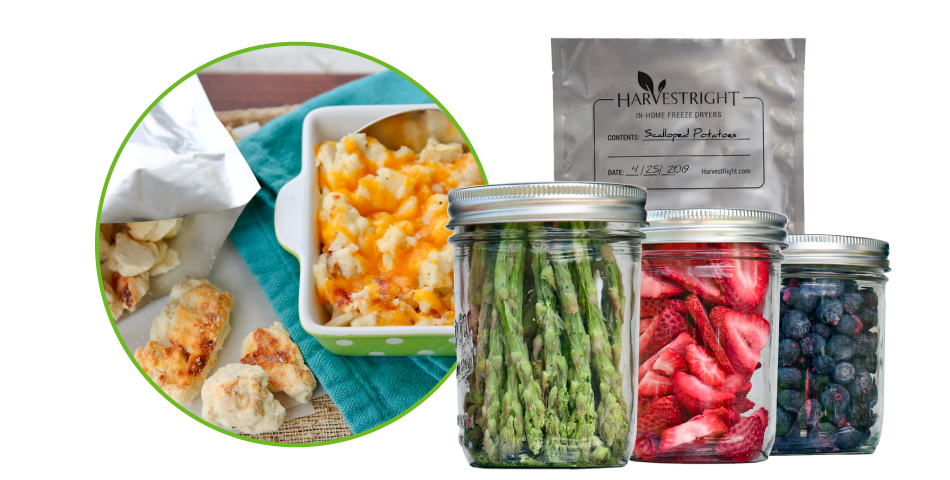
A freeze dryer is a kitchen appliance that enables you to freeze dry various foods, such as meat, vegetables, fruits, and even candy right in the comfort of your own home. The benefits of using a home freeze dryer include:
- Ease of operation
- Cost-effectiveness compared to commercially freeze-dried foods and commercial options
- Creating your own freeze-dried foods business
- Ensuring your food stays fresh for extended periods
Freeze drying is a game-changer in the realm of food storage, offering an unmatched level of quality and preservation compared to other methods. By adhering to the instructions for proper food placement on the trays and machine usage, you can achieve the best outcome and enjoy delicious, shelf-stable freeze dried food that retains its original taste and nutritional content.
Applications of Freeze Drying
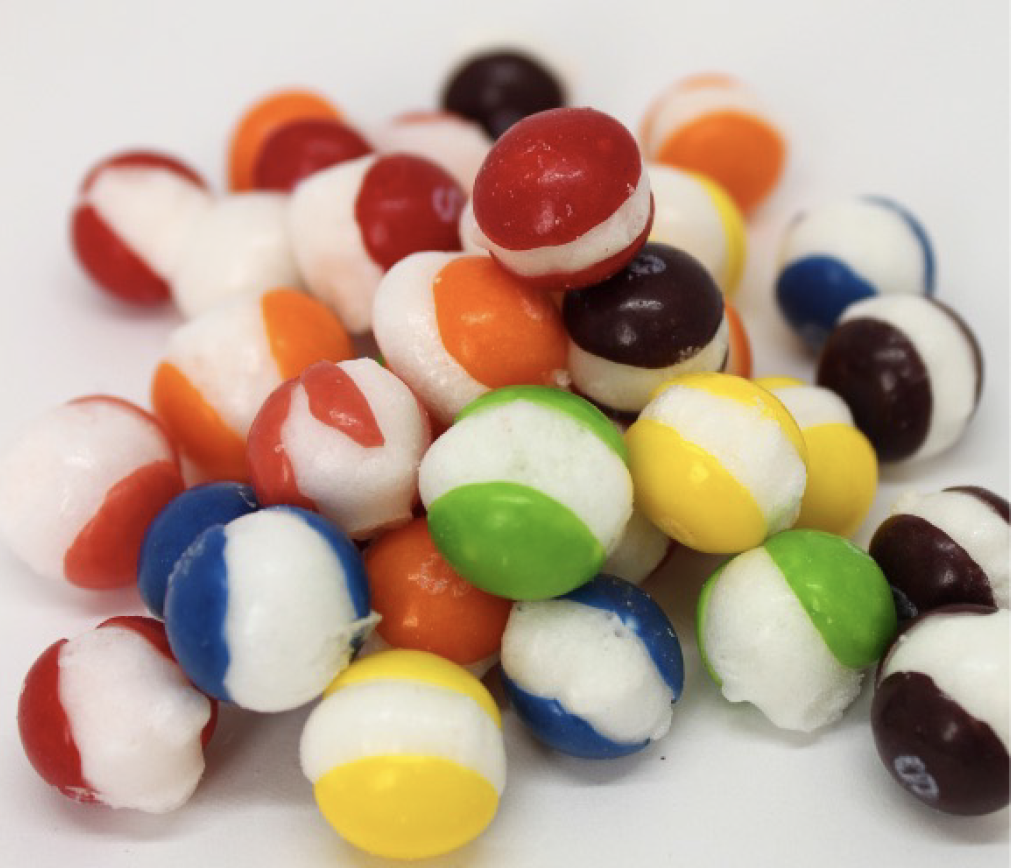
Freeze dryers have a wide range of applications related to food preservation:
- increasing shelf life
- emergency preparedness
- outdoor recreation
- military rations
- space exploration
- business in selling freeze dried products
The Freeze Drying Process Explained
The freeze drying process involves freezing temperatures and a vacuum chamber to preserve food, resulting in a freeze dried product with a comparable texture and flavor to the fresh product, and a shelf life of up to 8 years. This process consists of three main steps: freezing, primary drying, and secondary drying.
Freeze-drying food involves three main steps:
- Freezing: The food is frozen solid, and water within the food is transformed into ice crystals.
- Primary drying: The ice crystals are removed by sublimation under vacuum conditions.
- Secondary drying: Any residual moisture is removed from the food, ensuring a long shelf life and preserved quality.
Once dehydrated, the product should be sealed in moisture-proof packaging. This prevents water from being absorbed back and keeps its quality intact.
Advantages of Freeze Drying
Freeze drying offers numerous advantages, such as:
- Preserving the nutritional profile, taste, and texture of the food
- Providing shelf-stable, easy-to-store food
- Retaining over 90% of the original fresh food’s nutrition through freeze drying
- Retaining nutrients and phytochemicals in foods due to the solid state of water during the process
Texture preservation is another significant advantage of freeze drying. By removing water from the food through sublimation under low pressure, the structure and integrity of the food are maintained, resulting in a crispy and crunchy texture. Furthermore, freeze drying minimizes thermal damage to heat-sensitive nutrients, thus preserving the flavor, color, and appearance of the food.
The extended shelf life of freeze-dried food also allows it to last for months or even years without the need for refrigeration.
Top Freeze Dryer for Home Use
Harvest Right is one of the most well-known and respected brands in the freeze drying industry, offering a range of models tailored to different needs and budgets.
Harvest Right offers the Medium Freeze Dryer, X-Large Freeze Dryer, and Small Freeze Dryer, all of which boast unique features such as built-in intelligence, impressive outcomes, Smart Freeze technology, comprehensive packages, and a variety of sizes.
Harvest Right Freeze Dryer
Harvest Right freeze dryers are known for their exceptional quality, customer service, and ease of use. They offer a range of models, such as the Medium Freeze Dryer, which comes with a vacuum pump, stainless steel trays for freeze drying, mylar storage bags, oxygen absorbers, and an impulse sealer for preserving freeze-dried food.
These freeze dryers are highly rated by customers, who appreciate the ability to store supplies for emergency use and the excellent flavor and quality of the freeze-dried food. Harvest Right also provides technical assistance through phone and face-to-face interactions, with a team of 6,000 technicians who can be dispatched to customers.
Factors to Consider When Choosing a Freeze Dryer
Considerations such as capacity, size, weight, noise level, installation requirements, and energy efficiency are vital when selecting a freeze dryer. Here are some factors to consider:
- Capacity: Choose a model that can process the amount of food you need.
- Size and weight: Make sure the freeze dryer can fit on your countertops or tables, or consider alternative storage solutions.
- Noise level: Consider the noise level of the freeze dryer, especially if you plan to use it in a residential area.
- Installation requirements: Check if the freeze dryer requires any special installation or setup.
- Energy efficiency: Look for a freeze dryer that is energy efficient to save on electricity costs.
By considering these factors, you can choose the right freeze dryer for your needs.
A dedicated circuit of at least 20A is usually required for electrical requirements, sometimes higher depending on the model. Most models are designed to be user-friendly, but certain components, such as non-oil-free vacuum pumps, will require regular maintenance. Additionally, the typical energy consumption of a freeze dryer is estimated to be between 990 and 1500 watts per hour.
Energy Efficiency and Operating Costs
While freeze dryers may have higher initial expenses compared to other food preservation techniques, such as dehydration, the total lifespan costs usually make freeze drying more economical. In terms of energy efficiency, freeze dryers use a standard 110-volt outlet and consume approximately 990 to 1500 watts per hour, leading to moderate energy costs. The size of a freeze dryer can also affect its energy consumption, with larger models tending to consume more electricity than smaller ones.
Among the top brands, Harvest Right freeze dryers are renowned for their energy efficiency, providing a variety of models, including small, standard, and large sizes. By selecting an energy-efficient model that meets your specific needs, you can optimize your energy usage and minimize your operating costs.
Tips for Proper Freeze Drying and Food Storage
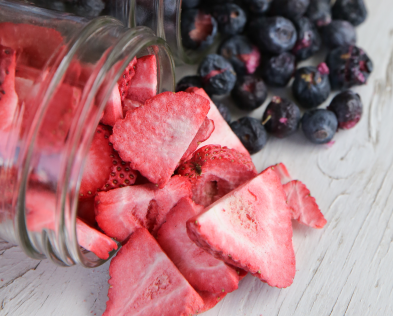
Following proper food preparation, processing, and packaging guidelines is crucial to ensure the best results from freeze drying. Before freeze drying, complete any necessary preparation, such as cutting fruits into smaller pieces, as it is more difficult to process foods post-freeze drying.
In general, freeze drying food is similar to preparing foods for ordinary freezing. For optimal storage of freeze-dried food for extended periods, it is recommended to place the food in airtight containers, such as mylar bags or glass jars, to prevent moisture absorption. Dehydrated food, like freeze-dried food, also benefits from proper storage methods.
Additionally, it is essential to store the containers in a cool, dark, and oxygen-free environment to maintain the quality and shelf life of your freeze-dried food.
Foods Suitable for Freeze Drying
A wide variety of foods are suitable for freeze drying, including fruits, vegetables, meats, dairy products, and complete meals. Vegetables such as carrots, broccoli, cauliflower, asparagus, spinach, tomatoes, potatoes, squash, and corn can all be freeze dried with great success.
For optimal results, meat should be clean and fresh, with any excess fat or connective tissue trimmed off before freeze drying. Dairy products like:
- cheese
- milk
- butter
- sour cream
- yogurt
- mozzarella cheese
Many canned foods are also excellent candidates for freeze drying, allowing you to enjoy a diverse range of delicious and nutritious fresh food without the need for refrigeration.
DIY Freeze Drying Alternatives
For those seeking DIY alternatives to using a dedicated freeze dryer, freeze drying food using a standard freezer or dry ice can be explored. While these methods may not provide the same level of reliability and quality as a designated freeze dryer, they can still be effective in preserving some foods for a limited time.
To freeze dry food using a standard freezer, follow these steps:
- Pack the food in freezer-safe bags.
- Place the bags in a cooler.
- Fully cover the bags with dry ice.
- Leave the cooler in the freezer for at least 24 hours.
- After 24 hours, inspect the cooler to assess if the food has become dry.
Keep in mind that this method may not yield the same results as a designated freeze dryer, but it can be a viable alternative for those looking to experiment with freeze drying on a smaller scale.
Summary
In this comprehensive guide, we’ve explored the fascinating world of freeze drying and its numerous applications, benefits, and methods. From home cooks to businesses, freeze drying offers an unmatched level of food preservation, allowing you to create shelf-stable meals that retain their original flavor, texture, and nutritional value.
Whether you’re considering investing in a dedicated freeze dryer or experimenting with DIY alternatives, this guide has provided you with valuable insights and tips to help you make the most of this incredible technology. Embrace the future of food preservation and revolutionize your approach to long-term food storage with freeze drying.
Frequently Asked Questions
Are freeze dryers worth it?
Freeze-dried foods offer longer shelf life, lower moisture content, and better taste compared to dehydrated foods. A variety of foods can be freeze dried that cannot be with other methods, and when finished, the products are shelf-stable and food safe for longer periods. Therefore, freeze dryers are worth it.
What is the average price of a freeze dryer?
On average, a Freeze Dryer can be bought for around $4,800-$6,500, making it a considerable investment. It can be worth it if you are using it for a sales business, or to create your own food supply for prepping.
Are freeze dryers expensive to run?
Based on power costs in your area, a freeze dryer can cost between $1.25 and $2.80 per day to run. It requires a dedicated 20 amp circuit and draws around 1500 watts of power per hour.
Is a freeze dryer better than a food dehydrator?
Overall, a freeze dryer is better than a food dehydrator because it provides a longer shelf life of up to 25 years, lower moisture content, and improved taste. Additionally, freeze-dried foods rehydrate faster and also retain their original shape, texture, and color.

